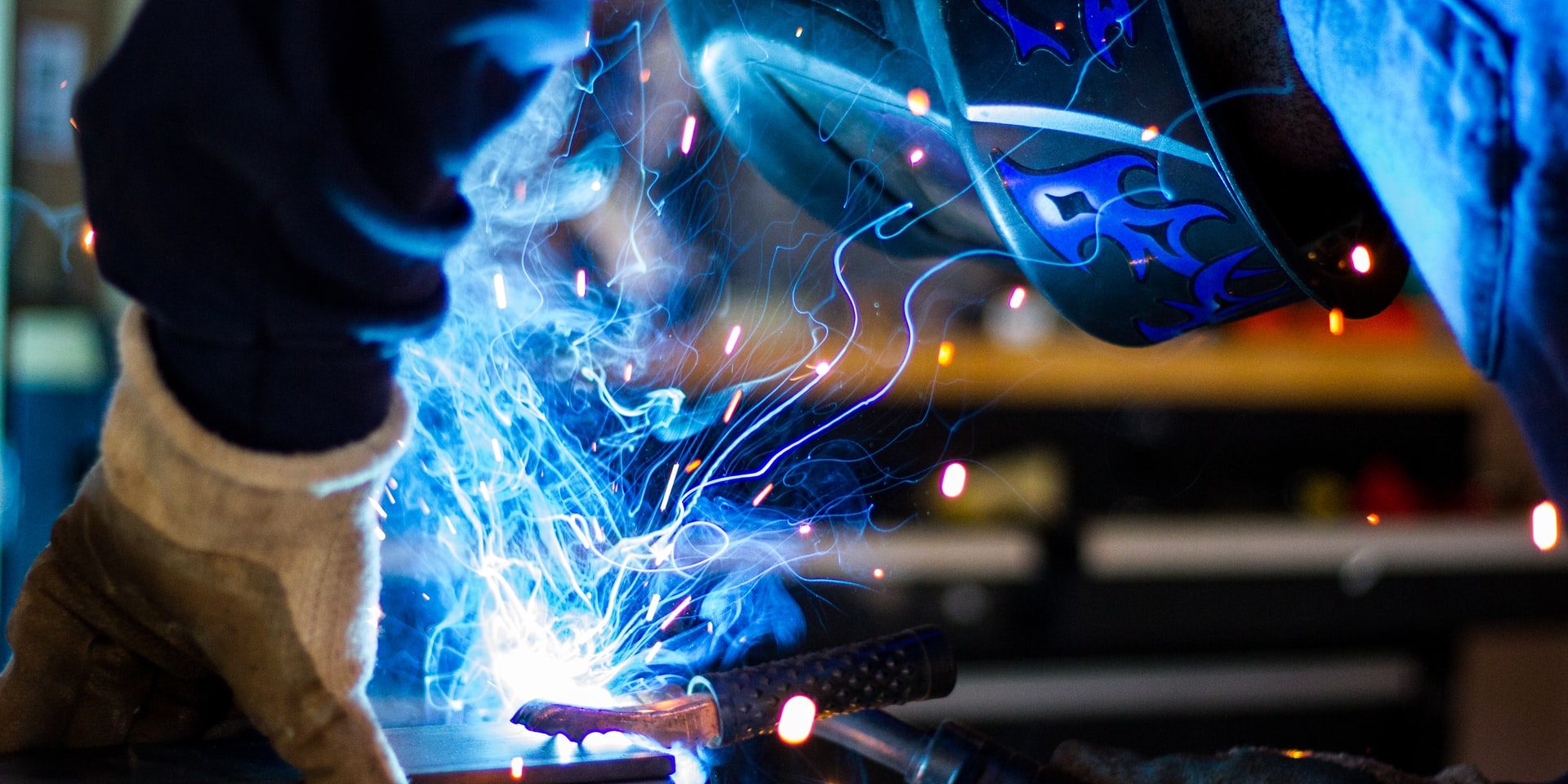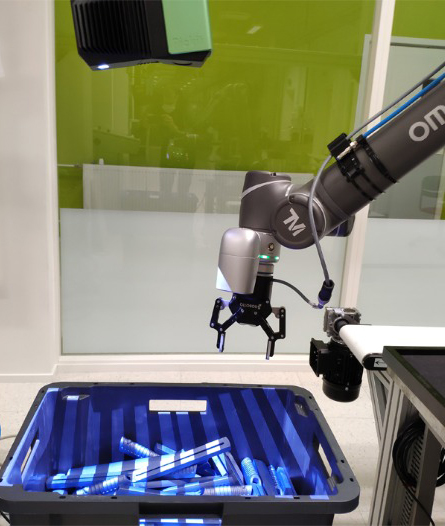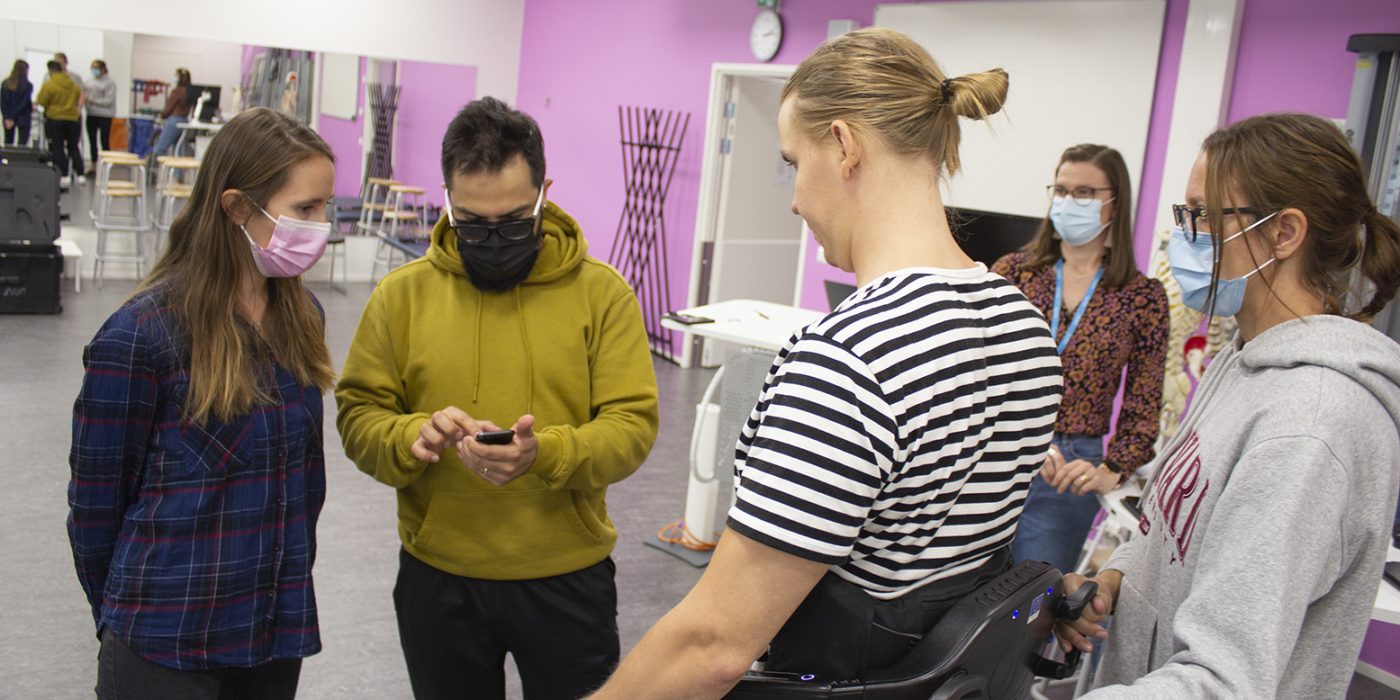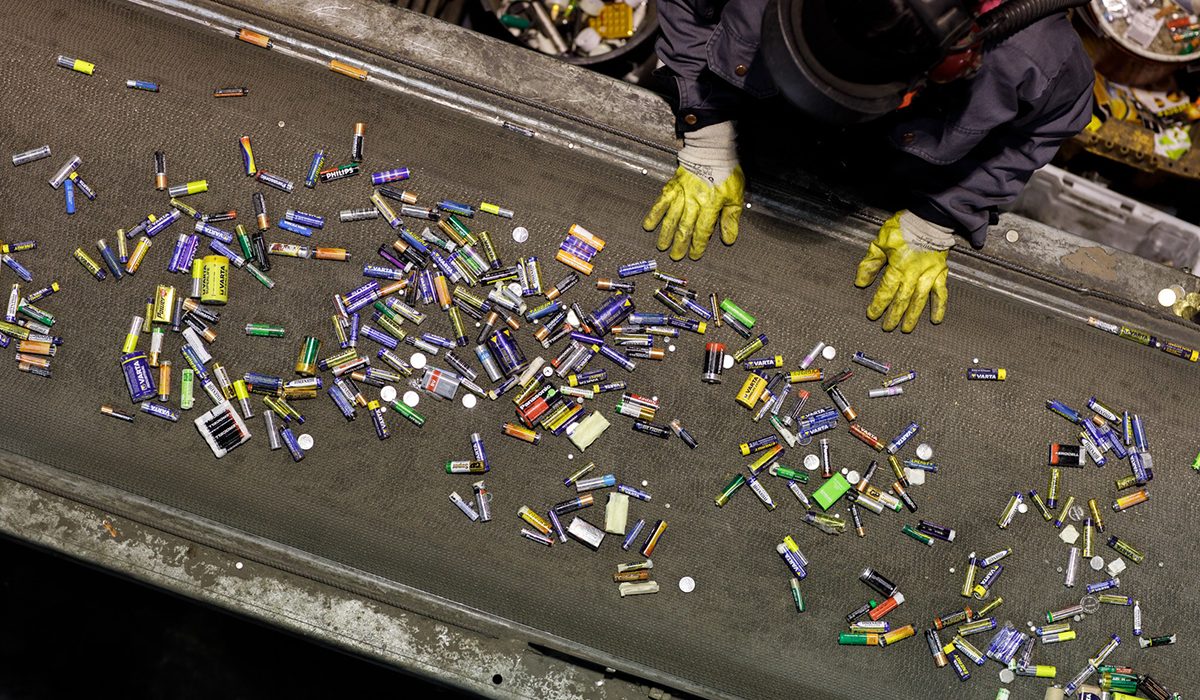We Research: Efficiency of machine shops
Satakunta is a region of industry and export. The region accounts for around 7% of Finland's exports, while around 3.5% of the Finnish population lives in Satakunta. The competitiveness of the export industry has a significant impact on the business sector in Satakunta and the prosperity of the region.
The mechanical engineering and metal industry has accounted and continues to account for a significant share of exports of Satakunta, both directly and indirectly. The development of the productivity of machine shops has a significant impact on the development of the prosperity of the region as a whole. Productivity development is largely about improving efficiency and can be achieved in a variety of ways. At the same time, it is also important to take account of the principles of sustainable development as part of development activities.

SAMK has been studying robotics, automation and the productivity improvements they bring from different angles for decades. ‘Tehokas konepaja’ (Efficient Machine Shop, unofficial translation) project investigates the efficiency of machine shops in four different functions. These are digitalization, welding robotics, 3D machine vision and energy efficiency. The aim of the research is to identify the methods that will improve productivity most and to test different ways of applying the technologies.
Applied research focusing on the efficiency of machine shops will be based on practical experiments and demonstrations. Together with companies, demonstration sites that are relevant for several companies will be identified, for example in the field of 3D machine vision or robotic welding. Experiments and demonstrations are always carried out by experts using real robots, machine vision systems and other necessary equipment. The aim is to answer the question: "Can this operation be made more efficient by automation using robots, machine vision or other equipment?" Each experiment is a small study in itself, where different possible solutions are considered and tested. Successful experiments are often made into a demonstration, which is then videoed for wider dissemination. By carrying out practical demonstrations, the technology knowledge needs of companies can be met, while at the same time accelerating their transition to more efficient production methods. On the other hand, the energy efficiency needs of companies have been addressed, for example by conducting energy walks on their premises.
The demonstrations have resulted in new investments, both in robotic procurement for more efficient production and in the procurement of heating plants to improve energy efficiency. The demonstrations carried out in the study are available to all in the form of videos, images and explanations on tehokaskonepaja.samk.fi (in Finnish).
This research included what is believed to be the first demonstration of a Kemp MasterTIG power supply in robotic operation with a cold wire thread feeder. The results of this demonstration led to a robot investment in a company in the region of Satakunta.
Did you know?
- According to robot statistics, less than 500 industrial robots were purchased in Finland in 2020. Relative to the number of employees, this is significantly less than in the main countries importing Finnish products.
- It is not worth robotizing all production, but there is still a lot to be done in the industry of Satakunta.
- The cost of investing in robots has fallen in recent years to a level where robots are available to all companies.
- If a task can be broken down into individual routines, it is very likely that it can be done by a robot.



